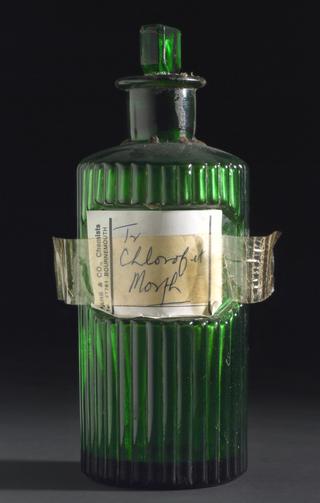
Bottle of the opiate painkiller 'Papine'
1890-1920

1890-1920

1862-1863

1976-1982

1880-1925

1901-1910

1939-1970

1900-1979
1850-1890
1860-1900
1850-1900
1910-1936
1940-1970
1840-1910
1880-1920
1920-1940
1901-1950
1801-1900
1801-1900
1930-1970
1851-1920
1820
1870-1905
1930-1955
1900-1918
1871-1910
1900-1930
1801-1900
1850-1900
1850-1870
1890-1930
1880-1920
1850-1900
1890